Neuroscience

Neurotransmitter receptors function via various G-protein coupled and G-protein independent mechanisms that activate downstream intracellular signaling pathways such as cAMP/PKA, PI3K/AKT, phospholipase A2, and phospholipase C pathways. For instance, dopamine receptors act through adenylate cyclase to activate PKA and other signaling molecules, thereby mediate gene expression through the actions of CREB and other transcription factors. Other neurotransmitters such as NMDAR or AMPAR are associated with ion channels that control flux of Ca2+ and Na+, thus propagating the action potential across the post-synaptic neuron.
Dysfunctions in GABAergic/glutamatergic/serotonergic/dopaminergic pathways result in a broad range of neurological disorders such as chronic pain, neurodegenerative diseases, and insomnia, as well as mental disorders including schizophrenia, bipolar disorder, depression, and addiction.
-
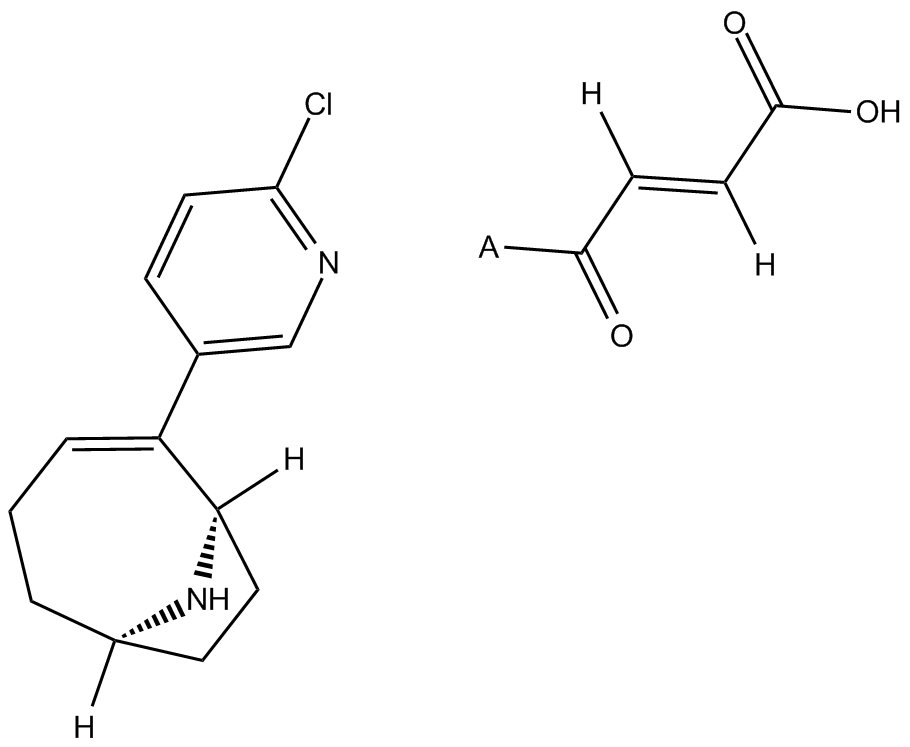 B5099 UB 165 fumarateSummary: Subtype-selective nicotinic agonist
B5099 UB 165 fumarateSummary: Subtype-selective nicotinic agonist -
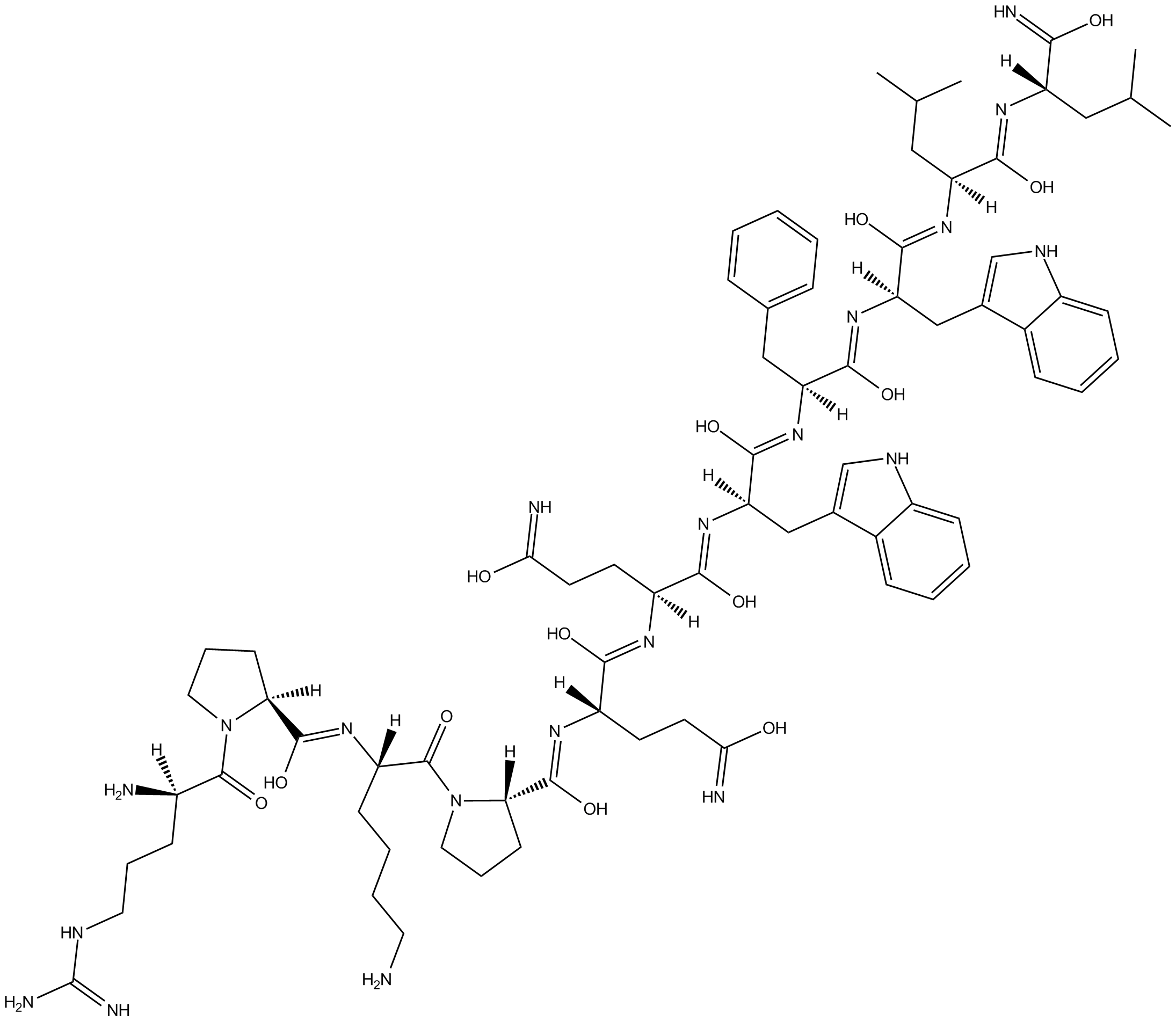 B5169 Spantide ISummary: Selective NK1 receptor antagonist
B5169 Spantide ISummary: Selective NK1 receptor antagonist -
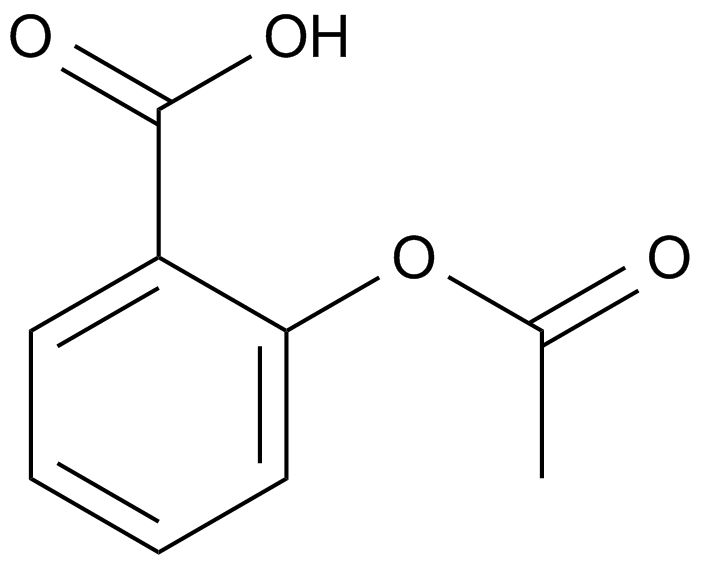 A4013 Aspirin (Acetylsalicylic acid)Summary: Cyclooxygenase (COX) inhibitor
A4013 Aspirin (Acetylsalicylic acid)Summary: Cyclooxygenase (COX) inhibitor -
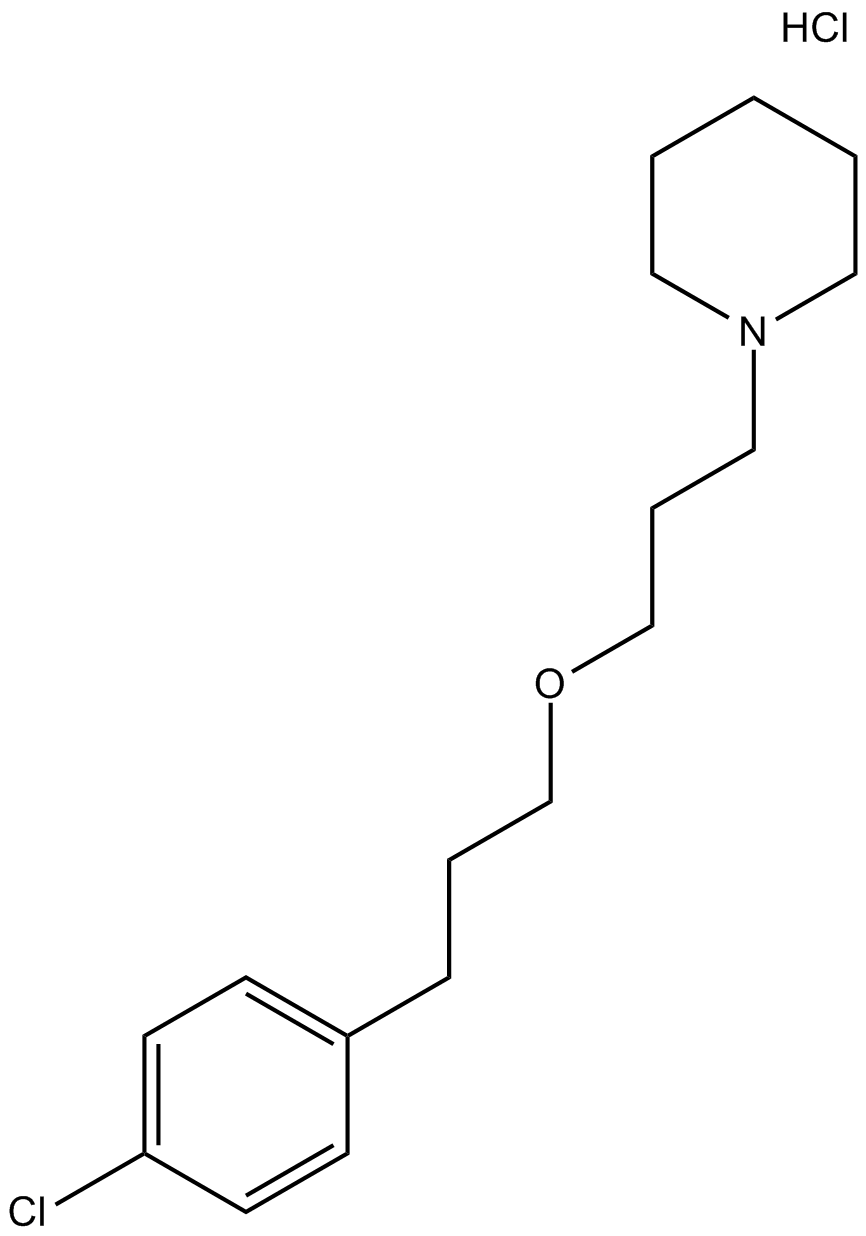 A3727 Pitolisant hydrochlorideSummary: Nonimidazole inverse agonist
A3727 Pitolisant hydrochlorideSummary: Nonimidazole inverse agonist -
 A3874 Tiotropium BromideTarget: AChRSummary: MAChR M antagonist
A3874 Tiotropium BromideTarget: AChRSummary: MAChR M antagonist -
 A2553 Fluvoxamine maleateSummary: Serotonin reuptake inhibitor,selective,antidepressant
A2553 Fluvoxamine maleateSummary: Serotonin reuptake inhibitor,selective,antidepressant -
 A8436 GabapentinSummary: GABA enhancer
A8436 GabapentinSummary: GABA enhancer -
 A8460 LevodopaSummary: Dopamine precursor.
A8460 LevodopaSummary: Dopamine precursor. -
 A8389 Carbenoxolone disodium1 CitationTarget: Gap JunctionsSummary: 11β-HSD inhibitor
A8389 Carbenoxolone disodium1 CitationTarget: Gap JunctionsSummary: 11β-HSD inhibitor -
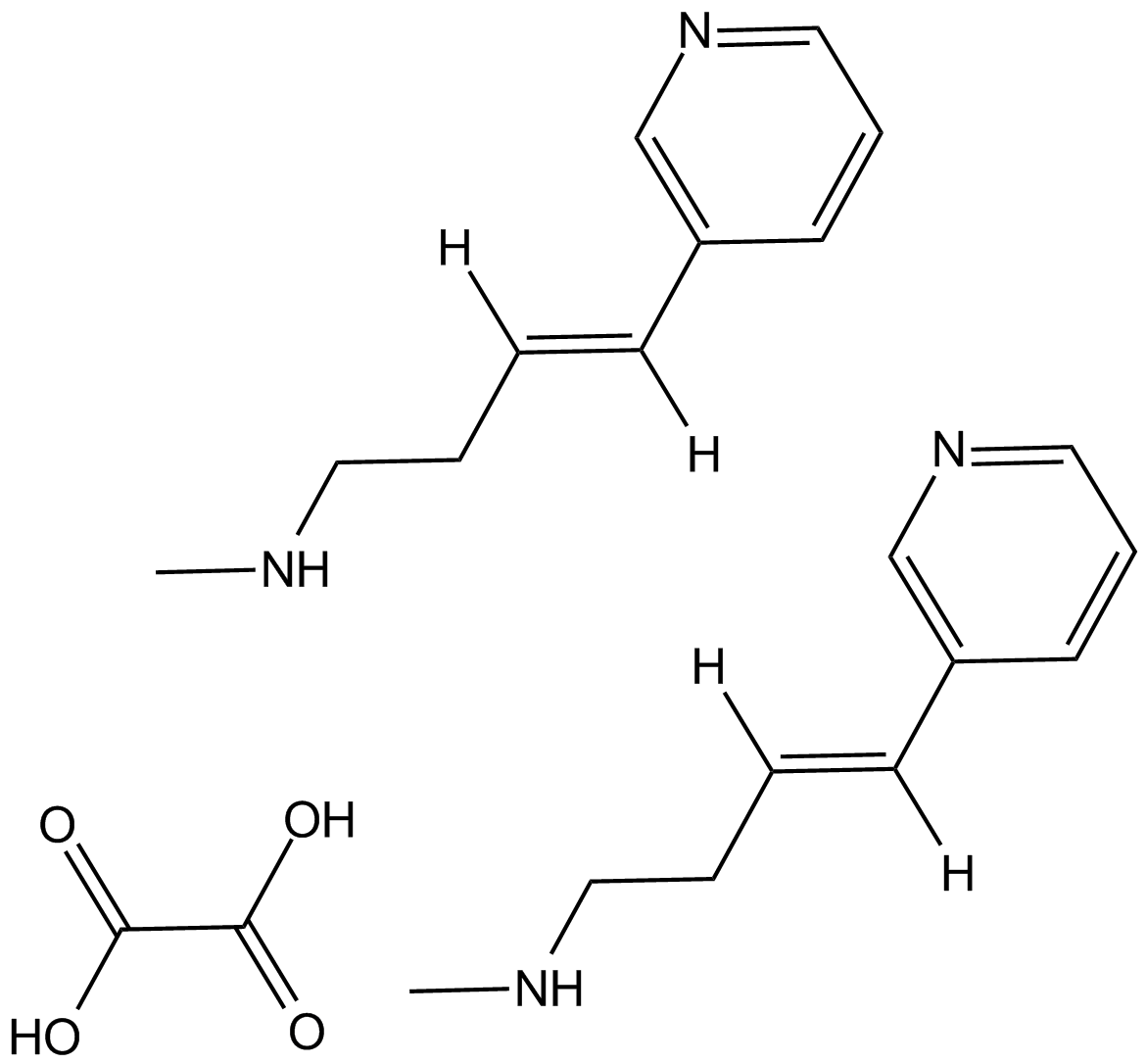 B3250 RJR-2403 hemioxalateSummary: Neuronal nicotinic receptor agonist
B3250 RJR-2403 hemioxalateSummary: Neuronal nicotinic receptor agonist

